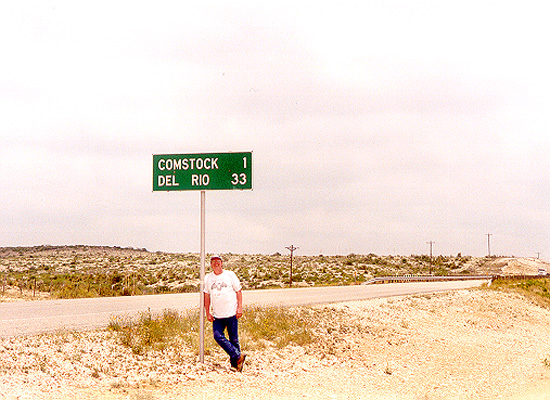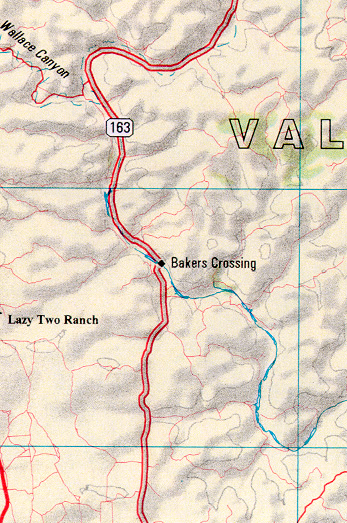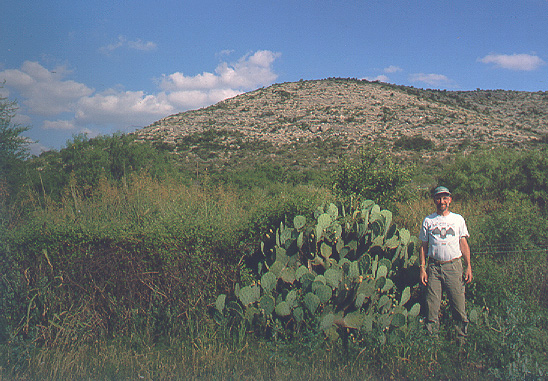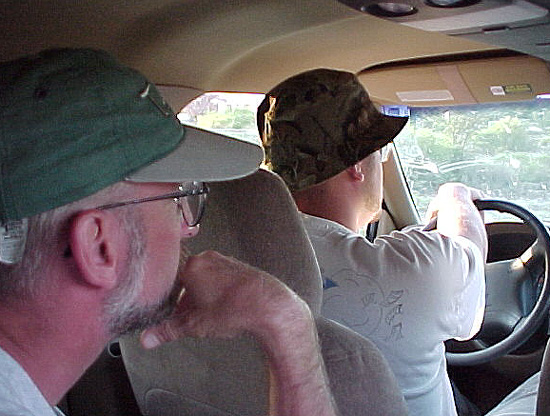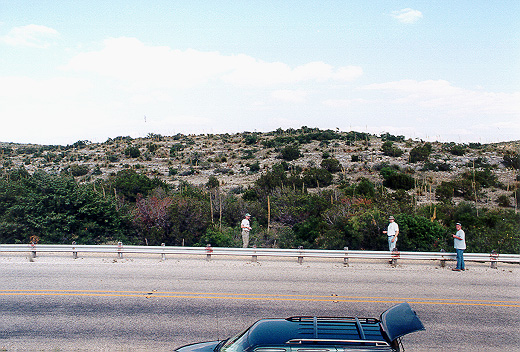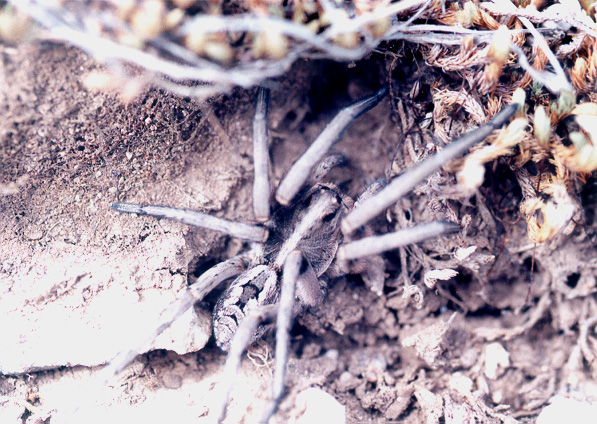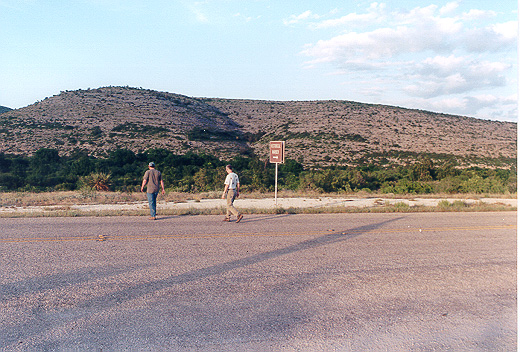The Juno Road
After unpacking the Blazer and setting up camp, we ate an early supper, in order to be ready for the first evening of road cruising. Our road of choice this evening was the Juno Road, the infamous two-lane blacktop heading north out of Comstock and through the tiny village of Juno. We expected to run into other road-cruising herpers, and we also expected the 'tire testers', four vehicles from an auto tire plant that used the road for tread tests. We had worked the Juno Road two years ago, after a heavy rainstorm, and had found large numbers of amphibians, but no snakes. We were hoping for a reversal in fortune.
It was only around five o'clock in the evening, and the sun was still well above the horizon, but we wanted to drive the road once before the light failed, to get the lay of the land, and to identify objects on the road that, in the dark of the night, could be confused with herps. These objects are collectively known to our group as "schmutz", a term that simplifies the identification process, as exemplified by the following:
DRIVER: "Was that -?" SHOTGUN: "Schmutz!"
Diurnal snakes are another reason to start road cruising a bit early; Bull Snakes, Coachwhips and other snakes active during the day are often on the roads in the early morning and early evening timeframes. On our first trip we found a Western Coachwhip (Masticophis flagellum testaceus) and a Mexican Hognose (Heterodon nasicus kennerlyi) on the roads just before sunset, and so we had hopes for similar success.
For the first ten miles or so the Juno Road cuts through typical Chihuahuan desert - low rolling hills dotted with sotol and ocotillo, and low flats covered with sage and mesquite. At Baker's crossing, the road crosses over and then aligns itself with the Devil's River for many miles as the river winds its way thru the hills. As a result, one side of the road is typical desert habitat complete with rock cuts on the shoulders, and the other side is the riparian corridor of the Devil's River, with willows, cottonwoods, and Emory oak lining the banks.
Some ten miles north of Baker's Crossing the road crosses a number of dry washes, which we designated as our northern turnaround point. Our southern turnaround was a historical marker just south of Baker's Crossing, where we managed to find a Plains Blind Snake (Leptotyphlops dulcis dulcis) on our first trip two years ago.We turned back south just as the sun was touching the tops of the low hills to the west, illuminating the hundreds of sotol on the hillsides and intensifying the color of their pale yellow flowers on their tall stalks. It was approaching seven o'clock, and the air temperature was dropping steadily, although it was still warmer than the road surface. There was still plenty of light to see the road, and four pairs of eyes scanned the blacktop in anticipation. Tarantulas and wolf spiders skittered across the road, and large orange and yellow millipedes were in abundance, their slow steady crawl making it difficult to avoid squashing a few of them. Wild turkey and mule deer distracted us along the roadsides, along with an occasional armadillo.
The sun had gone down now as we approached Baker's Crossing, and in the failing light we saw a snake in the road! Sitting behind the driver, I didn't have to worry about stopping the vehicle, so I was out of the Blazer and running before it stopped rolling. There was enough light to identify the snake from a distance - it was a large Baird's Rat Snake (Elaphe bairdi), stretched out almost straight, its body flattened out against the road to absorb heat. The snake made no effort to bite as I picked it up, and we marveled at the beautiful coloration of this forty inch female.
